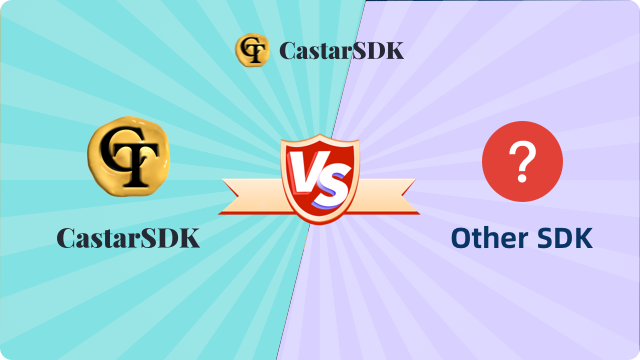
Mobile application monetization has become diversified. For developers, choosing which monetization method not only affects the income, but also the long-term development of the application. At present, SDK monetization has become an important way to monetize efficiently. Faced with a wide variety of SDKs on the market, how can we find the most suitable monetization tool for mobile terminals?
This article will analyze the advantages and disadvantages of different types to help developers understand their functions and adaptation scenarios.

Ad SDKs: Traditional Approach, Disruptive to User Experience
Representative tools: AdMob, Unity Ads, IronSource
Ad SDK is the most common way to monetize, with obvious advantages and disadvantages. It does not have a complex mechanism. As long as the traffic is large enough, it can earn revenue by displaying ads, rewarded videos or banner ads. In contrast, the damage that ads cause to the user experience is also obvious. The presence of ads interrupts user operations more and more frequently. As users’ tolerance for ads decreases, such solutions often lead to problems such as user churn and decreased retention.
At present, although ad SDK still has a relatively stable market, it is no longer applicable to all scenarios. For mobile terminals, the revenue of ad SDK has reached a bottleneck.
Subscription and In-App Purchase SDKs: Revenue Models for the Few
Representative tools: RevenueCat, Glassfy
For apps with superior features and quality content, subscriptions or in-app purchases are the best profit models. By managing subscription SDKs, developers can easily handle payment mechanisms such as different packages and automatic renewals to obtain sustainable income.
The advantage of this solution is high ARPU, and users are willing to pay for features or services. But the cost is also obvious. Subscriptions and in-app purchases require the app itself to have a scarce value. Developers must make their products good enough to ensure that users are willing to pay for you. More importantly, paying users are a minority of the user group, and the profit model of subscriptions and in-app purchases can ultimately only be applicable to a small number of development teams.
Passive Monetization SDKs: The Future Mainstream Model
Representative tools: CastarSDK, BrightSDK
Advertising is the monetization of user attention, subscription is the monetization of application value, and passive monetization SDK is the monetization of idle resources of the device itself.
Compared with the disruptiveness of advertising and the high threshold of subscription, passive monetization neither disturbs users nor requires users to pay. Represented by CastarSDK, this type of monetization tool is designed with “user insensitivity” as the core and runs silently in the background. SDK participates in global network optimization or data services through the idle bandwidth of user devices, thereby bringing continuous passive income to developers.
With the growth of user demand for experience and the tightening of privacy policies by various platforms, this monetization model that does not rely on user interaction and does not affect the user experience is becoming mainstream. For many application developers, passive monetization SDK can bring a stable revenue stream without interference, which is a low-cost but high-return profit option.

Conclusion
If you want to maintain user experience while getting stable income, then passive monetization tools such as CastarSDK are your best choice; if your app is a game app with high-frequency interaction as the core, then advertising SDK is still your best monetization solution; if you can constantly update the app functions and ensure that the app has core competitiveness, then subscription or in-app purchase is the profit measure you can focus on; if you want to build a more complete monetization system, then combine several different monetization tools so that the app can generate good income regardless of the user group it is facing.
There is no universal monetization tool! In today’s ever-evolving monetization methods, finding the most suitable solution for your app is the key to ensuring the long-term development of the app.
